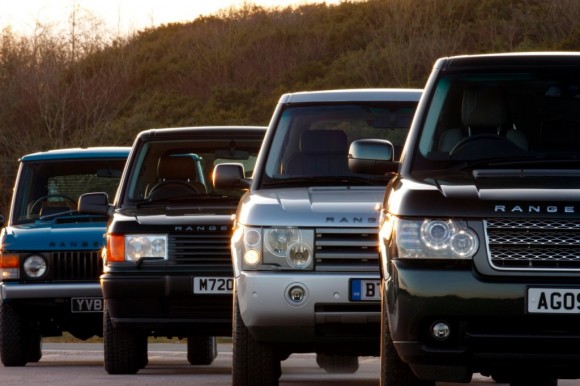
The Range Rover, one of the most significant vehicles in the history of motoring, will celebrate its 40th birthday on June 17, 2010. It was the world’s first vehicle as good on-road as off-road. The Range Rover was the first capable luxury 4×4 in its time and was a milestone in the development of the SUV.
There have been three generations of Range Rover. The original, now known as the Classic, went on sale in 1970 and continued in production, with numerous upgrades and a multiplicity of variants, for just over 25 years.
Work began on the first Range Rover prototype, known as the ‘100-inch station wagon,’ in 1966. By 1970, the original two-door Range Rover went on sale. In 1974, a Range Rover completed a west-to-east 12,000 km Sahara desert expedition in 100 days, while a modified version won the Paris-Dakar Rally in 1979 and 1981.
In 1981, the first production four-door Range Rover appeared along with the first factory-produced limited-edition Range Rover, known as the ‘In Vogue.’ In 1982 came the first automatic transmission version, followed by a new 5-speed manual in 1983. In 1985, the diesel-powered Range Rover ‘Bullet’ broke 27 speed records, including a diesel record for averaging more than 160 kph for 24 hours.
In 1989, the Range Rover became the world’s first 4×4 to be fitted with ABS brakes. In 1992, the renamed Range Rover Classic was the world’s first 4×4 to be fitted with electronic traction control, while a long-wheelbase LSE version was launched, with automatic electronic air suspension.
The second-generation Range Rover went on sale in 1994 alongside the Classic. The Classic was discontinued in 1996, while the newer one stayed in production until 2001, under BMW ownership.































One Comment
I’m the proud owner of a 1990 Range completely restored. My car has been totally disassembled,sandblasted, and repainted, and now is virtually new. I’m very happy becouse I can travel highways as well as an hard, muddy country road.